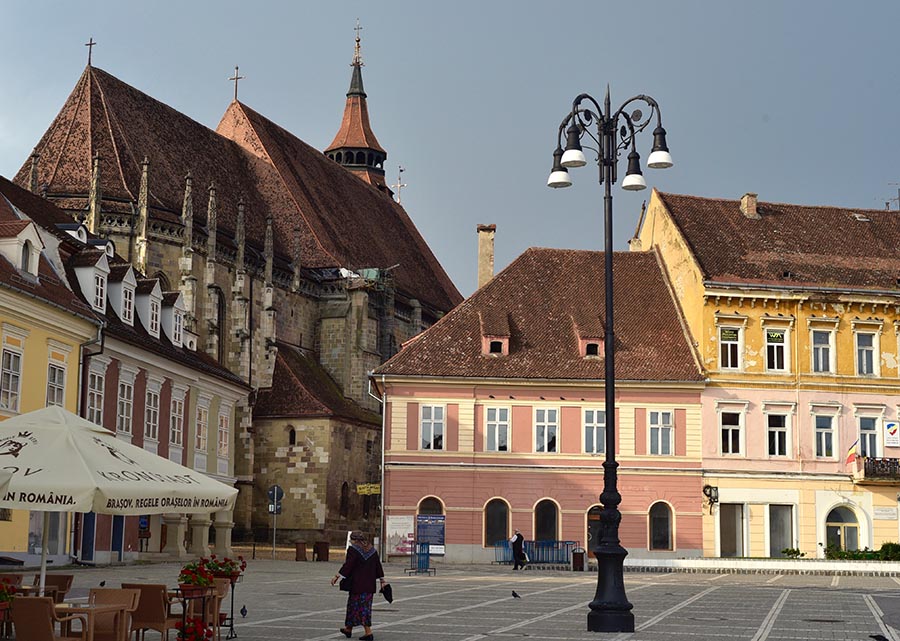
BRAȘOV IN A DAY
Does the city of Braşov need the white Hollywood type of sign up on Mount Tampa? Not really, it can boast a far more interesting history than the sleazy capital of film. Transylvania’s second city is perhaps slightly lacking in […]
Journalist, photographer and social commentator.

Does the city of Braşov need the white Hollywood type of sign up on Mount Tampa? Not really, it can boast a far more interesting history than the sleazy capital of film. Transylvania’s second city is perhaps slightly lacking in […]

“My friend – Welcome to the Carpathians. I am anxiously expecting you. Sleep well tonight. At three tomorrow the diligence will start for Bukovina; a place on it is kept for you. At the Borgo Pass my carriage will await […]